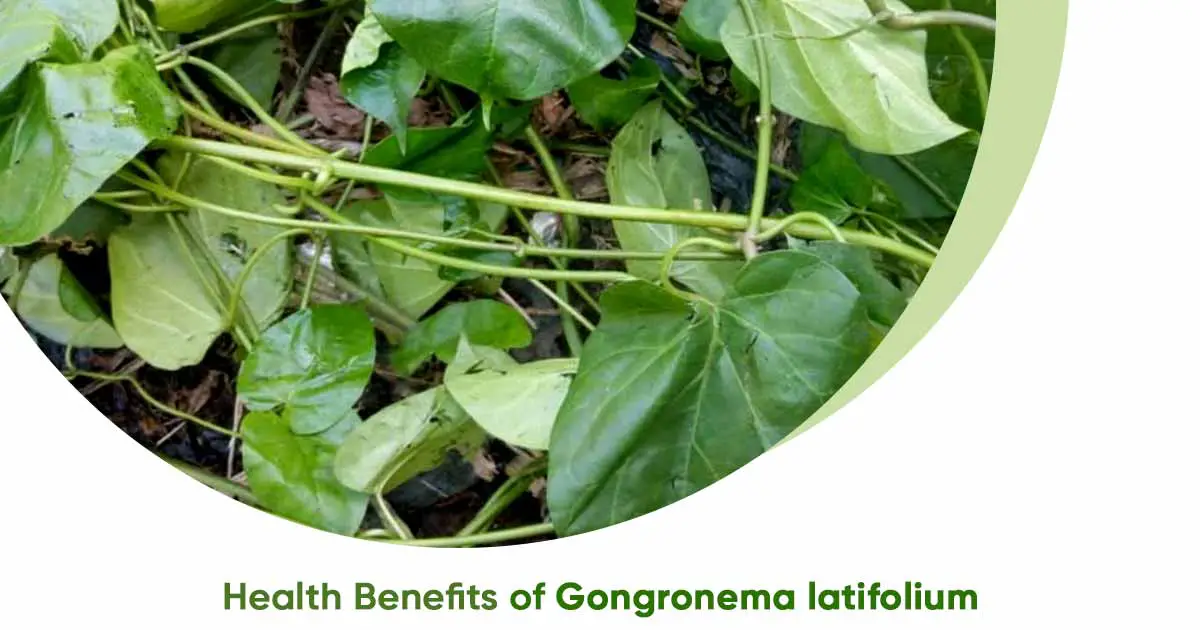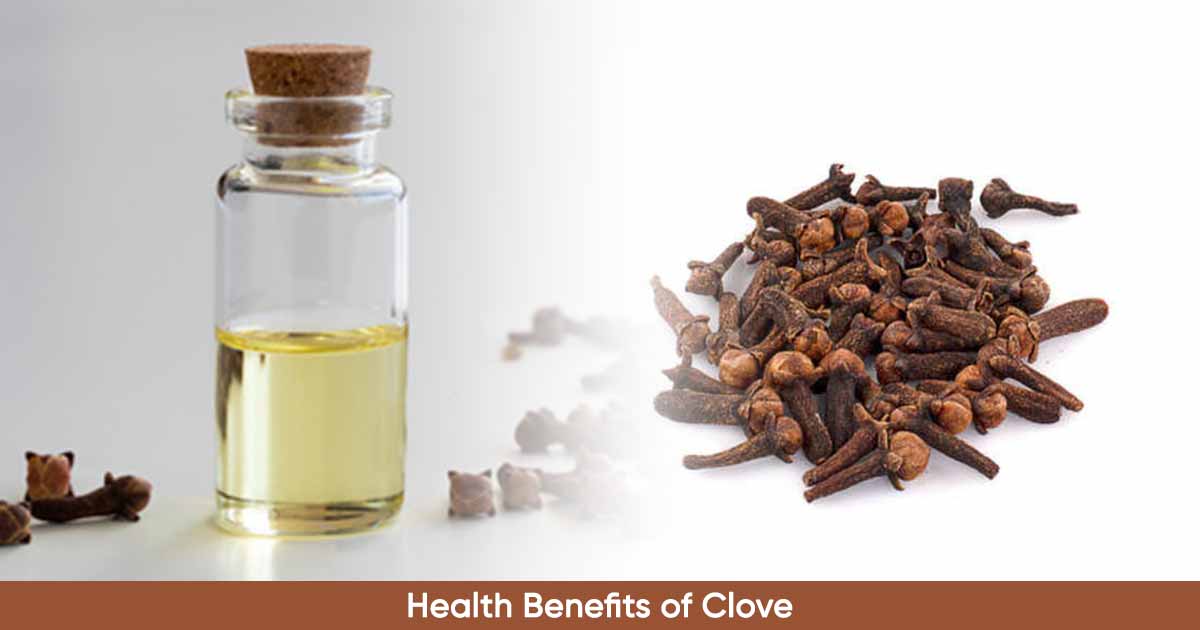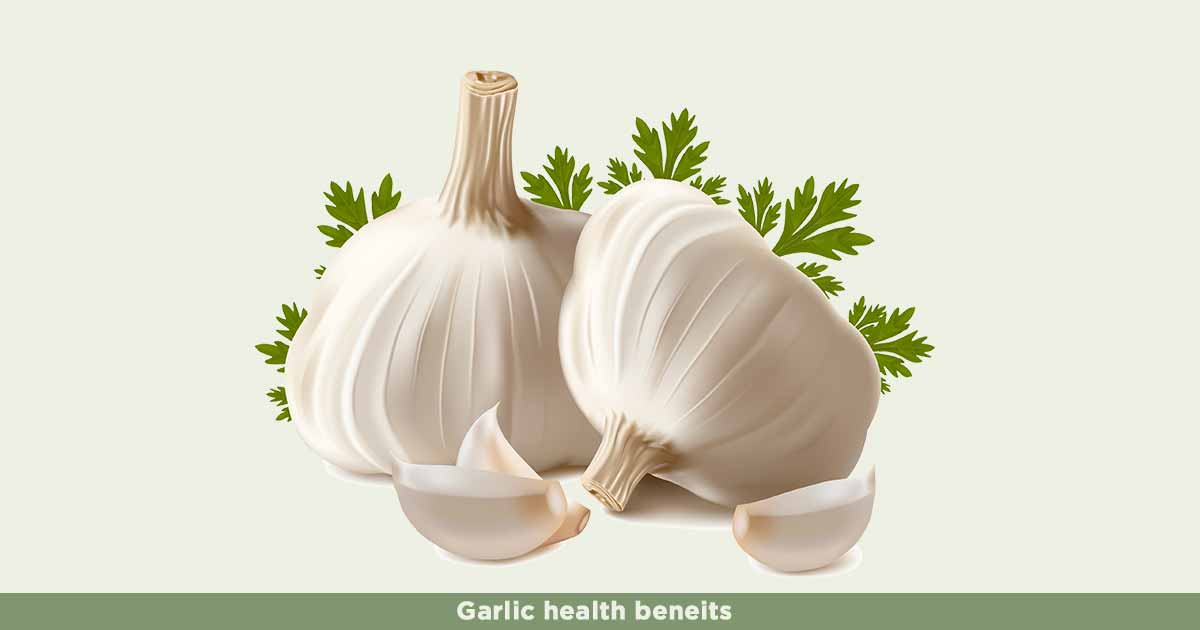Gongronema latifolium, popularly called utazi, is a plant of wide medicinal and nutritional benefits. It belongs to the family, Asclepiadaceae, and genus Gongronema. It is widely utilized in tropical Africa. The plant is a climber with a tuberous base, and a soft stem. It grows in the deciduous and secondary forests in tropical African countries such as Cameroon, Ghana, Senegal, Guinea-Bissau, Nigeria, and others.
The edible plant has green leaves with a sharp, bitter taste, yellow flowers, and produces white latex from the stem. When the utazi leaves are harvested, they are washed and used fresh or destalked, dried, milled into powder for storage.
Other common names of Gongronema latifolium are utazi in Igbo, Utasi” by the Ibibios,
Quas and Efiks, arọ́kẹ́kẹ́ in Yoruba, Iteji by Ikales of Ondo State, Ndodo-Polole by Kissis of Sierra Leone, Gasub by Serers of Senegal, “Akan-Asante aborode” in Ghana, etc.
The leaves are used as vegetable in soups, or can be dried to powder to serve as spices.
In Sierra Leone, they use the stem as chewing stick, while the leaves are used as vegetable to add taste to soup, or in spicing local beer. The leaves of Gongronema latifolium is a possible substitute for hops in the production of beer. Utazi leaf extract has antibacterial property and low bittering values, compared to hops.
The liquor obtained from the plant is used traditionally to treat colic, worms, and stomach pains.
Composition of Gongronema latifolium, or Utazi
G. latifolium contains many mineral and vitamins, hence the use as vegetable.
Nutritional Composition of Gongronema latifolium
Gongronema latifolium, or utazi contains a lot of nutrients, fats, minerals, amino acids, and vitamins. The leaves have high amino acid content. It can be eaten fresh, or dried. The protein content is high, 27.2%, and comparable with cow pea, fluted pumpkin leaves, Hibiscus esculentus, Tamarindus
indica.
Gongronema latifolium contains crude fat, 6.7% that is comparable to other leafy vegetables. The fat is good for energy, and contains linoleic acids, an essential fatty acid that regulates most body functions like blood pressure, gastric secretion.
There are also high content of vitamins such as vitamin A (carotene), C (ascorbic acid), E (tocopherol), and some quantities of vitamin B1 (thiamine), B2 (riboflavin), and B3 (niacin). Vitamin A is good for vision and prevention of night blindness. Vitamin C and E contains enough quantity of antioxidants that prevent oxidative damage and heart diseases.
The main mineral contents are sodium, potassium, calcium, copper, iron, zinc, magnesium, phosphorus, lead, and cobalt.
Amino acids present are both essential amino acids such as theonine, valine, isoleucine, leucine, lysine, tyrosine, methionine, phenylalanine, and non-essential amino acids such as alanine, arginine, aspartic acid, glycine, glutamic acid, glycerine, histidine, valine. They help in protein synthesis, and serve as metabolic intermediates.
Bioactive Constituents of Gongronema latifolium
Gongronema latifolium, or utazi contains bioactive elements that have health benefits such as 17β-marsdenin derivatives (pregnane glycosides). The leaves also contain saponins, flavonoids, resins, steroids, cardiac glycosides, alkaloids, phytate, anthranoids, anthraquinone, tannins, polyphenols, phblobatannins, phytosterols, terpenes, anthocyanidins, β-sistosterol, lupenyl esters, lupenyl cinnamate, hydroxymethyl anthraquinones, reducing compounds, essential oils, cyanogenic glycosides among others.
Essential oils from the Gongronema latifolium leaves containst inalool (19.5%), (E)-phytol (15.3%) and aromadendrene hydrate (9.8%).
The fruit contains alkaloids, flavonoids, hydrocyanic acid, phenols, phytic acid, saponins, tannins, while the stem contains alkaloids, flavonoids, hydrogen cyanide, saponins, tannins.
Main Health Benefits of Gongronema latifolium
Gongronema latifolium are of many health benefits due to the presence of many bioactive elements present. They are:
Antioxidant property: This plant contains flavonoids that mop up free radicals which can cause diseases like cancer, diabetes, neurodegenerative diseases, and cardiovascular diseases. The extract increased the activity of antioxidant enzymes such as peroxide dismutase, glutathione reductase, glutathione peroxidase, and decreased levels of plasma MDA, a significant marker for lipid peroxidation.
Anti-ulcer property: The extract may increase mucus production, and reduce ulcer sores. It also decreases chemical induced stomach injury. Saponins present have anti-ulcer property.
Antimicrobial activity: The methanolic leaf extracts of Gongronema latifolium inhibit microorganisms such as Staphylococcus aureus, Salmonella enteritidis, Salmonella typhimurium, Salmonella cholerasius, Pseudomonas aeruginosa, Listeria monocytogenes, and leishmaniasis causing organism, Leishmania chagasi.
The aqueous leaf extracts inhibited Staphylococcus aureus, Escherichia coli, and Pseudomonas aeruginosa
Restores electrolyte balance: Ethanol leaf extract of the plant increases level of sodium, calcium, sodium, zinc, and bicarbonate, restoring blood electrolyte levels.
Anti-diabetic effect: Lab experiment with leaves, root, and stem extract of Gongronema latifoliumn suggests it has a dose-dependent reduction on glucose concentration in alloxan induced diabetic
rats. G. latifolium also modulates glucose homeostasis.
Hypolipidemic effects: Results from tests with the ethanolic root extract of the plant in
streptozotocin induced diabetic rats showed a significant reduction in total cholesterol, serum glucose, triacylglycerol, and low density lipoprotein. On the other hand, it increased high density lipoprotein.
Kidney protection: Leaf extract of utazi may reduce the levels of urea and creatinine, important markers for kidney damage and dysfunction.
Protective effect on the liver: In laboratory test with albino rats induced with hepatic toxicity using acetaminophen, the extract of the leaf decreased malondialdehyde (MDA), and serum liver enzymes such as alanine transaminase, aspartate transaminase, and alanine phosphatase.
These enzymes cause oxidative stress and liver damage.
Male fertility: Extracts of both Ocimum gratissimum and Gongronema latifolium may decrease sperm motility, sperm count and sperm viability.
Anti-cancer effect: Studies suggest that utazi leaf extract has strong inhibitory action against human lung carcinoma and human breast adenocarcinoma.
Inflammation: The leaf extracts inhibited carrageenan induced rat paw oedema, carrageenan induced leukocyte migration in mice, and nystatin-induced rat paw oedema in laboratory test results.
Gastric emptying: The extract may cause delay in gastric emptying, which may cause reduction in postprandial blood glucose.
Immunomodulation: The leaf extracts may have immune stimulatory effect, and may be useful in treating conditions caused by immune dysfunction.
Hematological effect: In a lab test with diabetes induced rat, the extract caused a decrease in the level of CD4+ cell count, platelets, monocyte, white blood cells, and neutrophils. There is also a significant increase in RBC count, hemoglobin, lymphocyte, eosinophil, PCV, MCH and MCHC.
References:
- https://www.researchgate.net/publication/293042682_Gongronema_Latifolium_A_Phytochemical_Nutritional_and_Pharmacological_Review/download
- https://plants.jstor.org/stable/10.5555/al.ap.upwta.1_493
- https://uses.plantnet-project.org/en/Gongronema_latifolium_(PROTA)











